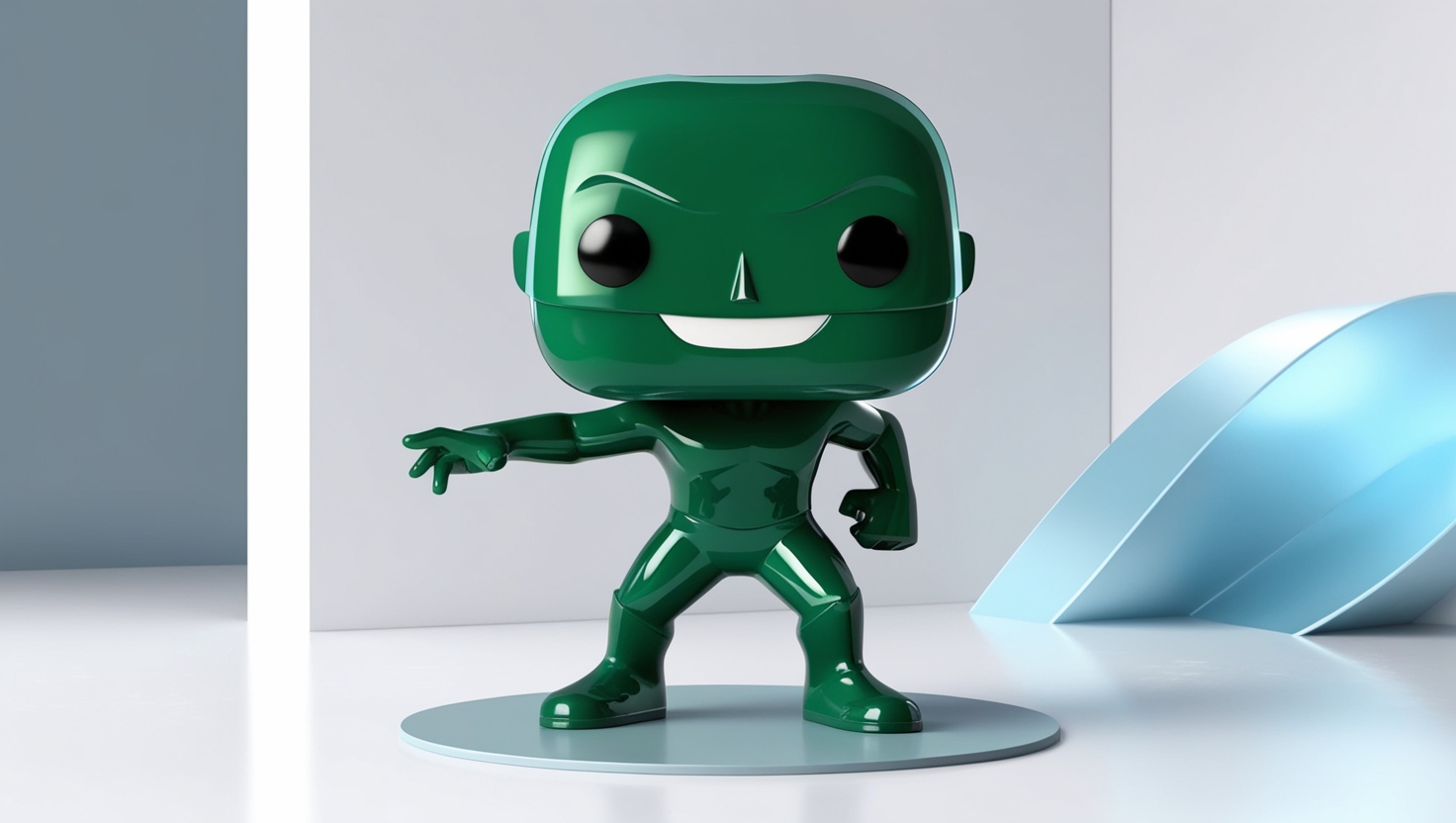In a world that evolves at lightning speed, design serves as the invisible thread weaving together the diverse tapestry of human experience. Age is more than just a number; it’s a lens through which individuals perceive the world around them. From the vibrant curiosity of childhood to the seasoned wisdom of older adults, each age group brings its own unique set of preferences, behaviors, and needs to the table. As designers, understanding these differences is not merely beneficial—it’s essential for creating products and experiences that resonate across generations. Let’s dive into the nuances of designing for various age groups and explore how we can create inclusive and impactful designs.
The Young Explorers: Children (Ages 0-12)
When designing for children, imagination reigns supreme. Bright colors, playful graphics, and interactive elements are key to capturing their attention. Children are naturally curious and drawn to experiences that stimulate their senses. Thus, designs should be intuitive, allowing for exploration without extensive instructions.
Key Considerations:
Simplicity and Clarity: Use clear visuals and minimal text to communicate ideas.
Engagement: Incorporate gamified elements that encourage active participation.
Safety: Materials and interfaces should be safe and age-appropriate, ensuring a worry-free experience.
The Curious Teens: Adolescents (Ages 13-19)
Teenagers are at a crossroads of self-discovery and social connection. Their preferences are often influenced by trends and peer interactions. Designing for this group requires an understanding of their desire for authenticity and individuality.
Key Considerations:
Aesthetic Appeal: Emphasize current trends and visual appeal to grab attention.
Social Integration: Create platforms that foster community engagement, such as social sharing features.
Customization: Allow for personalization to help teens express their unique identities.
The Emerging Adults: Young Adults (Ages 20-35)
Young adults are navigating significant life changes, from education to career to relationships. They value experiences over possessions and are often driven by social responsibility. Therefore, designs that reflect sustainability and inclusivity resonate strongly with this demographic.
Key Considerations:
Usability: Prioritize user-friendly interfaces that cater to their fast-paced lifestyles.
Social Responsibility: Highlight sustainable practices in product design and marketing.
Connection: Foster community and connectivity through shared experiences and user-generated content.
The Established Adults: Middle-Aged (Ages 36-55)
As individuals in this age group often juggle family and career demands, they seek efficiency and functionality in design. They appreciate quality and reliability, valuing products that enhance their busy lives.
Key Considerations:
Functionality: Focus on practical solutions that simplify daily tasks.
Trust and Credibility: Build trust through clear communication and reliable customer service.
Versatility: Create products that can adapt to various needs, from home life to professional environments.
The Wise Seniors: Older Adults (Ages 55+)
Designing for older adults requires sensitivity to their unique challenges, such as declining vision, mobility issues, and the need for ease of use. This demographic values comfort, accessibility, and designs that promote independence.
Key Considerations:
Accessibility: Use larger fonts, high-contrast colors, and intuitive navigation to accommodate varying abilities.
Comfort: Prioritize ergonomics and user-friendly interfaces that simplify interaction.
Engagement: Foster social connections through technology that encourages interaction with family and friends.
The Power of Intergenerational Design
Creating designs that bridge the generational divide is a rewarding endeavor. By considering the diverse needs and preferences of different age groups, designers can craft experiences that foster connection and understanding. The key lies in empathy—truly listening to users and recognizing the stories they bring.
Conclusion: Designing a Connected Future
In the end, age is not a barrier; it’s an opportunity for innovation. By embracing the diversity of human experience and designing with inclusivity in mind, we can create products and experiences that not only meet the needs of different age groups but also enrich our shared journey through life. The beauty of design lies in its ability to transcend age, bringing us all closer together. Let’s celebrate this potential and continue to innovate with purpose, ensuring that every voice is heard and valued in the designs we create.








